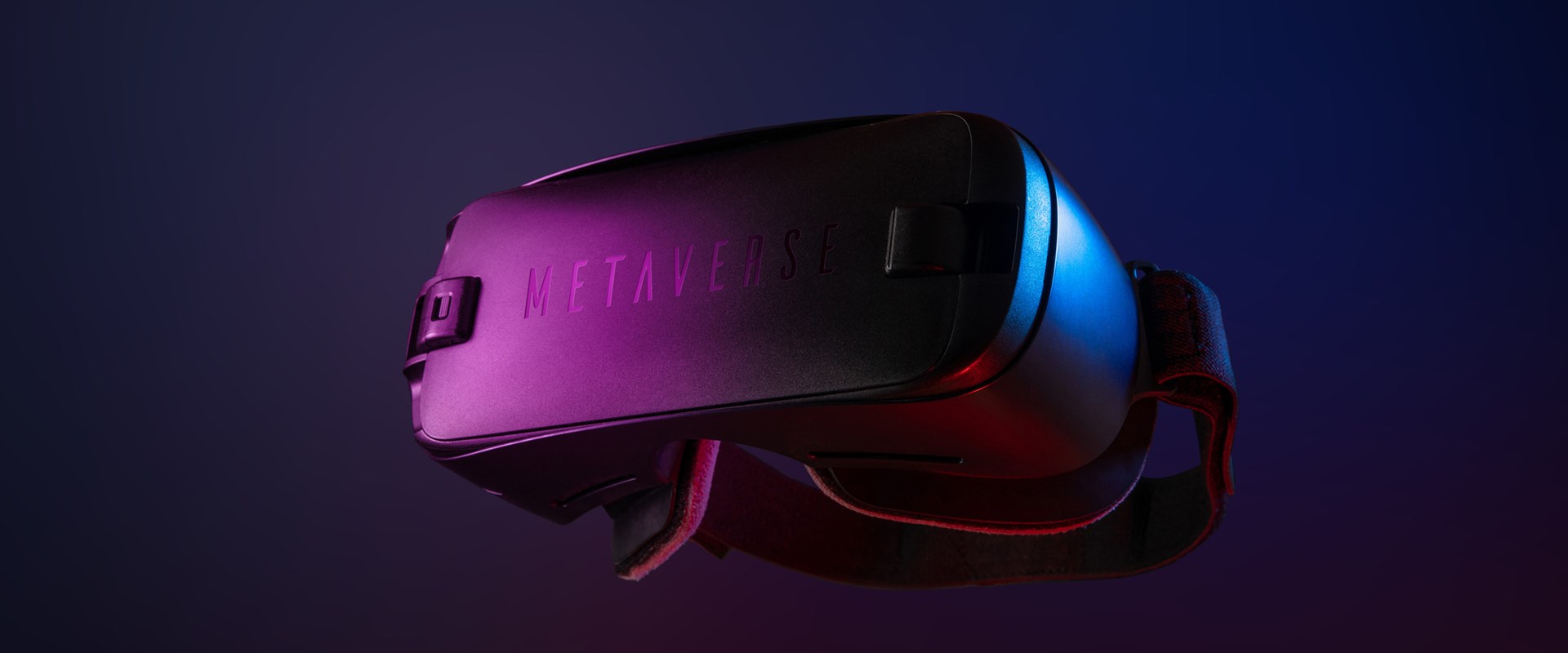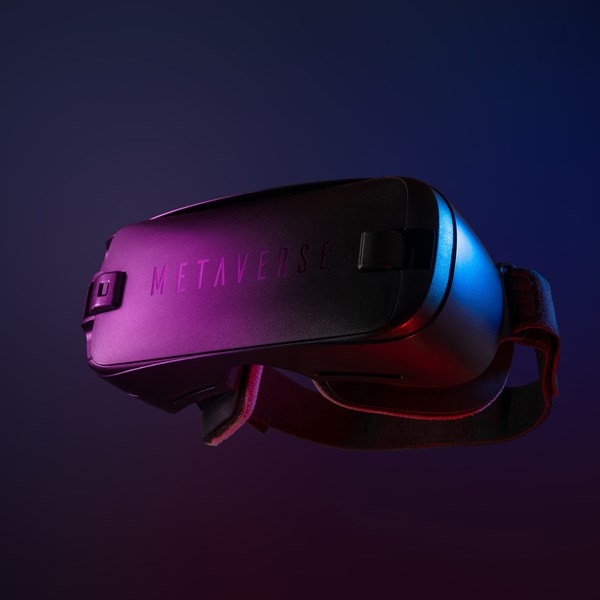In February this year I provided an insight on how McDonald’s entry into the metaverse will impact food and drink trade mark filings (here). My view then was one of some scepticism. But almost nine months on what has been the impact of the metaverse and NFTs on trade marks?
It is clear to see that trade mark filing practices of brand owners has shifted, with the European Union Intellectual Property Office (EUIPO) alone witnessing an increase of over 300 new EU Trade Mark applications covering virtual goods and/or non-fungible tokens (NFTs).
The approach by the EUIPO to the classification of virtual goods and NFTs has recently been crystallised. Unsurprisingly, the view of the EUIPO is that virtual goods and NFTs are correctly classified in Class 9, as they are seen as recorded content or digital images/files.
However, it is noted that the term virtual goods and NFTs will not be accepted unless the nature of the goods is also determined, for example, downloadable virtual goods / non-fungible tokens in the nature of clothing / virtual art.
Moreover, services relating to virtual goods and NFTs should be classified in line with the nature and application of those services, e.g., financial transactions of NFTs via blockchain would be proper to Class 36, certification, and data authentication of virtual goods and NFTs via blockchain would be proper to Class 42.
The classification of virtual goods and NFTs raises an immediate and serious question for trade mark owners, namely, how will the comparison of virtual products with real-world equivalents be treated in trade mark disputes? For now, the EUIPO has reserved its determination on this by stating that it is the responsibility of the parties involved to demonstrate why the goods/services at issue are similar.
It is foreseeable that a situation could arise where a company’s real-world products and services come into conflict with the equivalent virtual products and services of a third-party, such as, clothing vs. downloadable virtual goods / non-fungible tokens in the nature of clothing, for example. Will the EUIPO deem consumers to confuse the original of those goods bearing an identical or similar mark? A situation may also arise in the real-world where the provision of services would otherwise not conflict, but in the metaverse they may do, for example, a designer of virtual building/environments vs. an architect.
Ultimately, the issue to be assessed is whether the uses of the parties creates consumer confusion. However, the accessibility of the metaverse to a large portion of the consumer base presents its own issue on the relevant public and therefore the assessment of similarity.
Presently, the emergence and exploitation of virtual spaces and goods and services reveals more questions than answers.
The advice that offers the safest approach for brand owners is to consider expanding trade mark protection into virtual goods and services. However, it must be borne in mind that use requirements remain, and businesses need to balance their ability to support use and their expansion plans, whether or not that includes virtual goods and services.
If this blog has raised any questions or you would like to discuss the impact the metaverse and NFTs have had on trade marks in more detail, please email chris.baume@potterclarkson.com.







